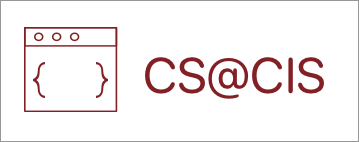A1. Computer fundamentals
A1.1 Computer hardware and operation
9 Topics
A1.4 Translation (HL only)
1 Topic
A2. Networks
A2.1 Network fundamentals
5 Topics
A2.2 Network architecture
4 Topics
A2.3 Data Transmissions
4 Topics
A2.4 Network security
4 Topics
A3. Databases
A3.1 Database fundamentals
1 Topic
A3.2 Database design
7 Topics
A3.3 Database programming
6 Topics
A4. Machine Learning
A4.1 Machine learning fundamentals
2 Topics
A4.2 Data preprocessing (HL only)
3 Topics
A4.4 Ethical considerations
2 Topics
B1. Computational thinking
B2. Programming
B2.1 Programming fundamentals
4 Topics
B2.2 Data structures
4 Topics
B2.3 Programming constructs
4 Topics
A2.3 Data Transmissions
Lesson Content
0% Complete
0/4 Steps
